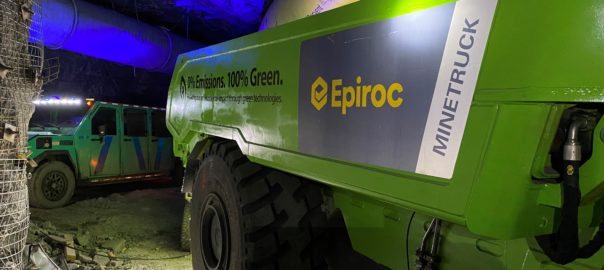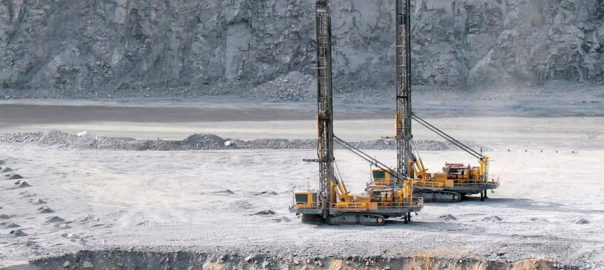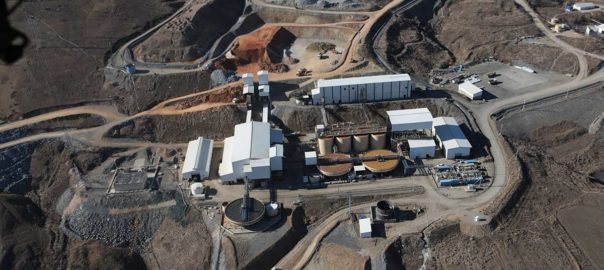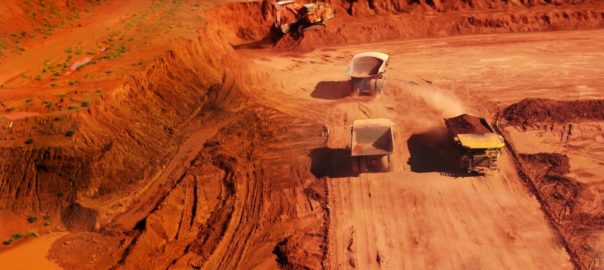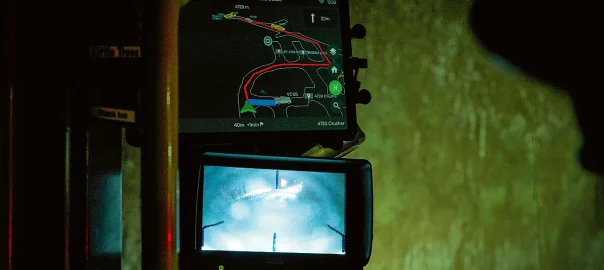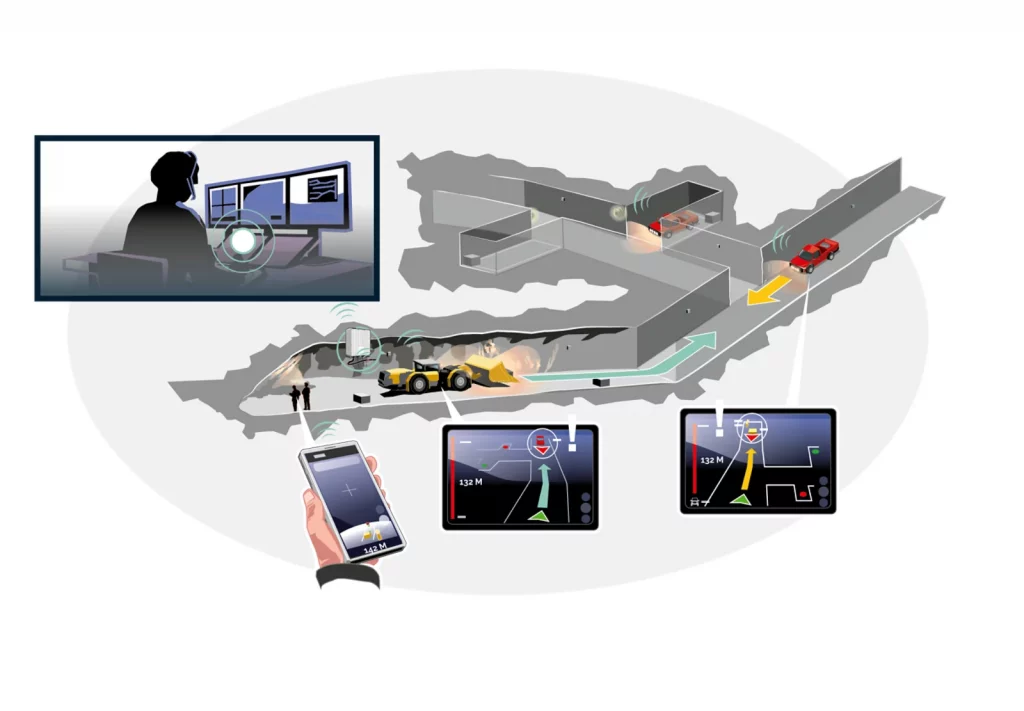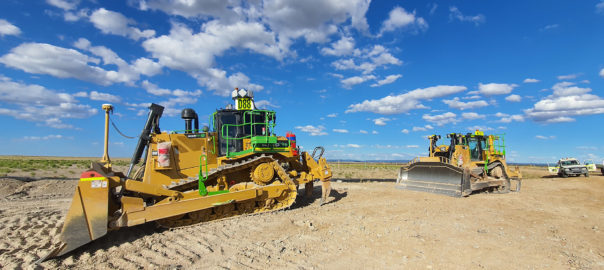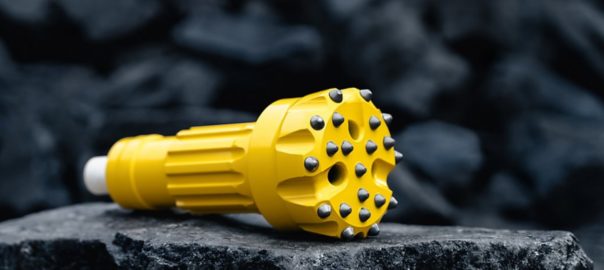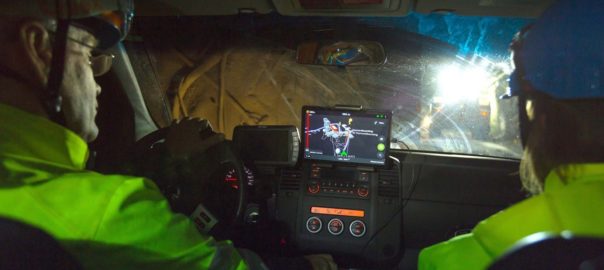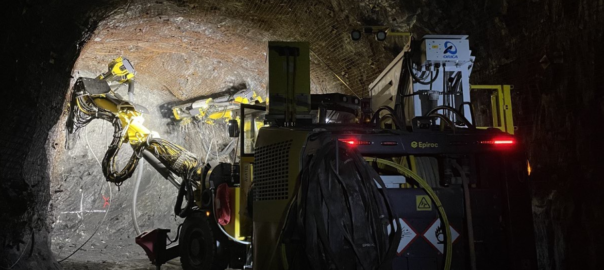The industry has been told continuously that there are plenty of synergies between automation and electrification when it comes to loading and haulage, yet the hard evidence of this complementary nature has not yet surfaced. That could be about to change if a trial at Vale’s Creighton mine in Sudbury, Ontario, proves successful.
Vale has been a key electrification partner for mining OEMs and service providers, testing out a whole host of battery-electric equipment from light utility vehicles to 42-t-payload trucks at its deep mines in Sudbury. This builds on its experience of running diesel-electric Kiruna trucks since the mid-1990s at the Coleman mine (also in Sudbury).
The miner has also commenced trials on surface with battery-electric trucks and is set to commence trolley assist operations at its massive Carajas iron ore mining complex in Minas Gerais, Brazil, later this year.
The variety of testing the company has carried out – in terms of the types of mining operations, vehicle setups, charging methods and electrical infrastructure – means it can be considered an electrification pioneer.
Now, it is looking to combine this experience with its knowledge of autonomous loading operations – again an area of the technology space it is considered a leader in.
In partnership with Epiroc, a battery-electric and automation project is in the planning stages at Vale’s Creighton underground mine.
The two companies commissioned four Epiroc ST14 Battery Scooptram and two MT42 Battery trucks at the operation in preparation for the deepening of the mine in the December quarter of 2022. Full-scale operation is ramping up with a first charging bay already commissioned and new ones coming in the next months, a Vale spokesperson told IM.
“The next steps will be to leverage the autonomous capability of those battery-electric scoops to enable operations between shifts depending on the application at the mine,” the spokesperson said.
Vale has previously said it will transition to an all-electric fleet at Creighton as part of its plans to develop the orebody down to circa-3km below surface.







